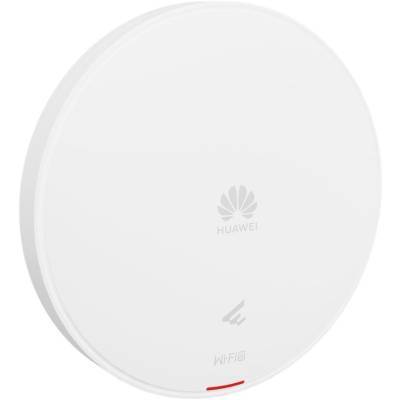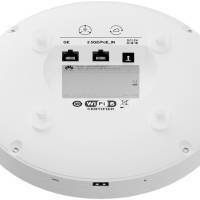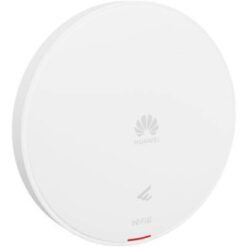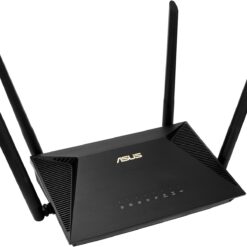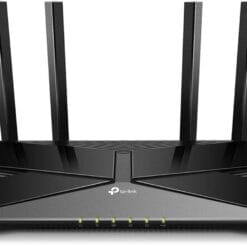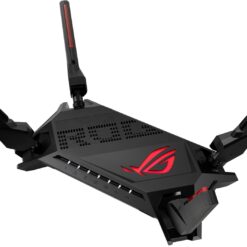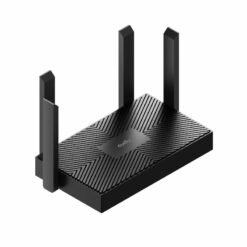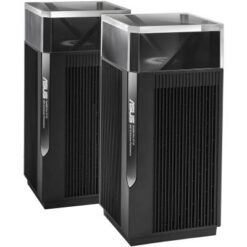-
×
 Sandisk Ultra USB 3.0 Flash Drive 32GB 1 × R130
Sandisk Ultra USB 3.0 Flash Drive 32GB 1 × R130 -
×
 Blackview Acebook 16" Intel Core i5 16GB 512GB SSD Windows 11 Pro Laptop 1 × R8,660
Blackview Acebook 16" Intel Core i5 16GB 512GB SSD Windows 11 Pro Laptop 1 × R8,660 -
×
 MSI MAG FORGE 100R ATX GAMING CASE 1 × R1,080
MSI MAG FORGE 100R ATX GAMING CASE 1 × R1,080 -
×
 Orico SDD and HDD Bracket Aluminium Black 1 × R100
Orico SDD and HDD Bracket Aluminium Black 1 × R100 -
×
 Asus TUF Gaming B650M-Plus WiFi 1 × R4,810
Asus TUF Gaming B650M-Plus WiFi 1 × R4,810 -
×
 ASRock DESKMINI 2 x USB 2.0 Interface Adapter Cable 1 × R190
ASRock DESKMINI 2 x USB 2.0 Interface Adapter Cable 1 × R190 -
×
 ORICO Portable HDD Protector Bag 1 × R60
ORICO Portable HDD Protector Bag 1 × R60 -
×
 SEAGATE 2TB 3.5 BARRACUDA Desktop Hard Drive 1 × R1,430
SEAGATE 2TB 3.5 BARRACUDA Desktop Hard Drive 1 × R1,430 -
×
 Transcend SSD/HDD Rugged Upgrade Kit 1 × R370
Transcend SSD/HDD Rugged Upgrade Kit 1 × R370 -
×
 AMD RYZEN 5 5600X 6-Core 3.7GHzAM4 CPU 1 × R3,500
AMD RYZEN 5 5600X 6-Core 3.7GHzAM4 CPU 1 × R3,500 -
×
 Vodafone R209 WiFi Router 1 × R490
Vodafone R209 WiFi Router 1 × R490
Subtotal: R20,820

 Blackview Acebook 16" Intel Core i5 16GB 512GB SSD Windows 11 Pro Laptop
Blackview Acebook 16" Intel Core i5 16GB 512GB SSD Windows 11 Pro Laptop  MSI MAG FORGE 100R ATX GAMING CASE
MSI MAG FORGE 100R ATX GAMING CASE  Orico SDD and HDD Bracket Aluminium Black
Orico SDD and HDD Bracket Aluminium Black  Asus TUF Gaming B650M-Plus WiFi
Asus TUF Gaming B650M-Plus WiFi  ASRock DESKMINI 2 x USB 2.0 Interface Adapter Cable
ASRock DESKMINI 2 x USB 2.0 Interface Adapter Cable  ORICO Portable HDD Protector Bag
ORICO Portable HDD Protector Bag  SEAGATE 2TB 3.5 BARRACUDA Desktop Hard Drive
SEAGATE 2TB 3.5 BARRACUDA Desktop Hard Drive  Transcend SSD/HDD Rugged Upgrade Kit
Transcend SSD/HDD Rugged Upgrade Kit  AMD RYZEN 5 5600X 6-Core 3.7GHzAM4 CPU
AMD RYZEN 5 5600X 6-Core 3.7GHzAM4 CPU 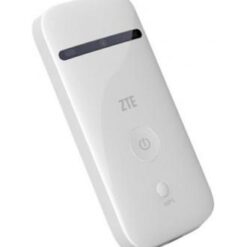 Vodafone R209 WiFi Router
Vodafone R209 WiFi Router 